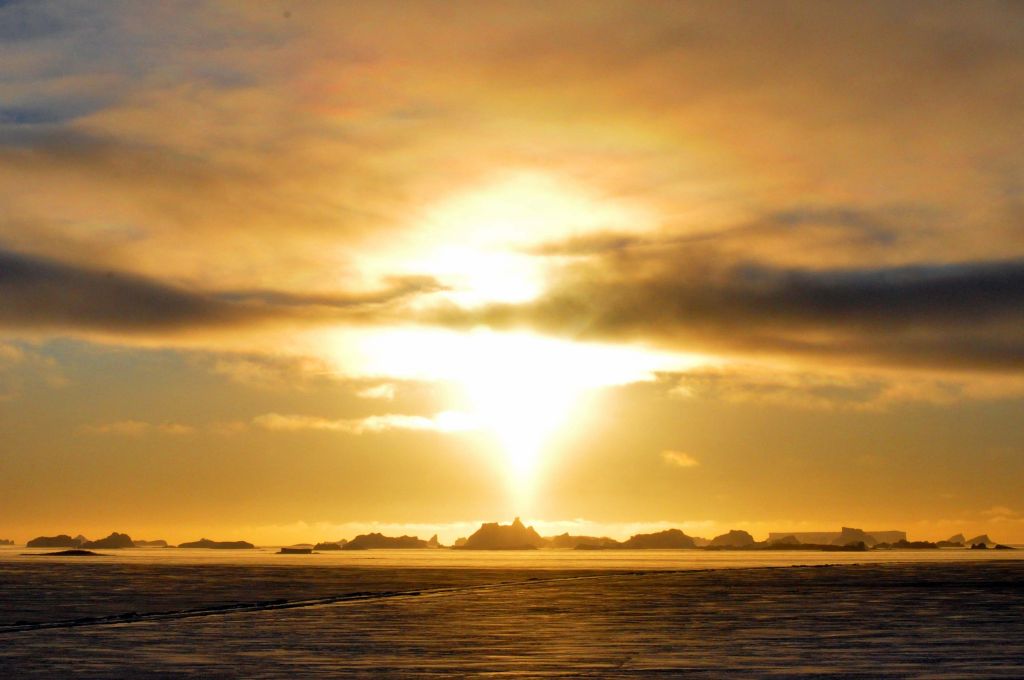
Antarctica Was 20.75°C Last Week, The Hottest Ever Recorded.
Share
Within a few days, mainland Antarctica has destroyed its land temperature record, twice.
Just last week, Brazilian meteorological scientists caught the new record on the western Antarctic island on Seymour Island.
An island with an average temperature ranging between -10°C during warmer months and as low as -60°C further inland.
The record has been described as "incredible and abnormal" by the team of scientists who study Antarctic permafrost.

"We are seeing the warming trend in many of the sites we are monitoring, but we have never seen anything like this," said Carlos Schaefer, a team member.
The temperature stands unconfirmed until the World Meteorological Society checks the data.
But if valid, the temperature will beat the previous record of 19.8°C on Signy Island in early 1982.
Just days earlier, the former record was outdone with a temperature of 18.3°C at the Esperanza Argentine research base.
Antarctica as a large landmass covered in ice that stretches far to the north does have sweeping variations in temperature.
It is worth noting that these record-breaking temperatures were in the northernmost part of the continent.

However, as mentioned, the average temperature for such places is much cooler than recorded and is not readily attributed to climate change.
The record-breaking temperatures are immediately attributed to a regional 'foehn' event, which means a blast of warm air coming down from an elevated area like a mountain or plateau.
To attribute this to climate change would take more data and comparison, however adds to a record-breaking summer, year and decade.
#Space_Aus




